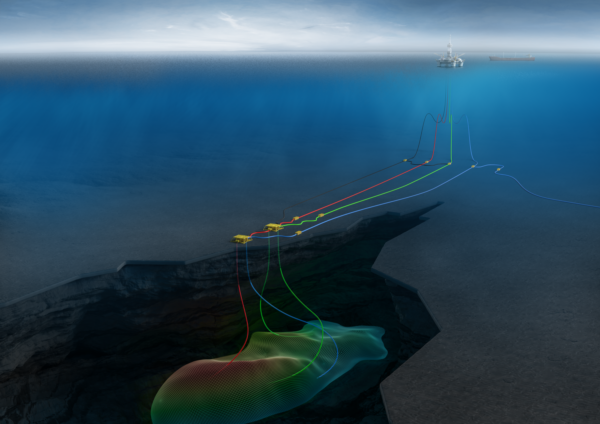
Neptune Energy and its partners in production licence 586 (PL 586) in the Norwegian Sea have started production from the Fenja oil and gas field, nearly five years after approval of the field development project.
The Fenja field is anticipated to yield 35,000 barrels of oil equivalent per day (boepd) through two oil producers. Pressure support will be provided by a water injector and a gas injector, which will be made into a gas producer during the end of the 15-year field life.
Its development features two subsea templates that have been tied back to the Equinor-operated Njord A platform.
Total reserves of the Norwegian offshore field are projected in the range of 50-75 million boe. Of this, 75% is oil, while the remaining 25% is gas.
Located 120km north of Kristiansund and discovered in 2014, the Fenja oil and gas field is at a water depth of 325m.
The field development plan was submitted by VNG Norge in December 2017 and was approved in 2018. In late 2018, VNG Norge was acquired by Neptune Energy.
Oil from the Fenja field is transported through a 36km long electrically trace-heated (ETH) pipe-in-pipe solution to the Njord A platform for processing and subsequently for transport.
Neptune Energy said that because of the high wax content of the oil, the contents of the pipeline should be warmed up to a temperature over 28°C before commencing the flow after a shut down. The temperature in the pipeline during normal production is well over this temperature.
Neptune Energy Norway and the UK managing director Odin Estensen said: “The Fenja development is an excellent example of how our industry uses innovative technologies to overcome challenges.
“The ETH pipe-in-pipe solution is crucial for transporting the oil, and is a creative, cost-effective approach that enables the field to be tied back to existing infrastructure.
“Fenja is also located in a strategically important growth area for Neptune Energy, with a number of other interesting prospects nearby.”
Neptune Energy is the operator of PL 586 with a stake of 30%. Its partners include Vår Energi (45%), Sval Energi (17.5%), and DNO (7.5%).


